Jeopardy-Style Learning
One way to increase participation during a staff in-service or small group meeting is to incorporate gaming as a method of educational delivery.
This website uses cookies. to enhance your browsing experience, serve personalized ads or content, and analyze our traffic. By clicking “Accept & Close”, you consent to our use of cookies. Read our Privacy Policy to learn more.
By: Lindsey Joyce, MSN, RN, CNL, CNOR
Published: 9/26/2023
There are specific instruments used during open thoracic procedures. These instruments would be used when a large incision is made on the lateral side of the chest to access the lung or even esophagus.
A scapular retractor is used to access the rib cage during a thoracotomy. This will depend on what section of the lung is being worked on. For an upper lobe thoracotomy, it will be used to access ribs 1-8. For a middle lobe thoracotomy, it will be used to access ribs 4-6. For a lower lobe thoracotomy, it will be used to access ribs 6-8.

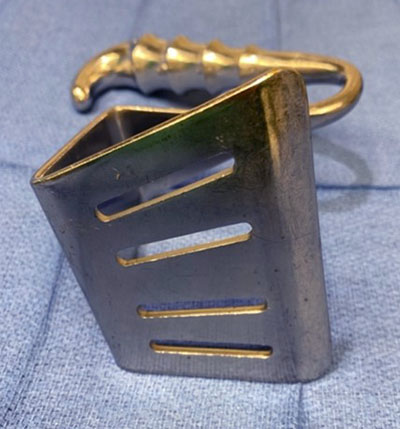
Figure 1. Scapular retractor.
The Finochietto retractor is a smaller version of the sternal retractor. It is designed to separate the ribs during surgery.
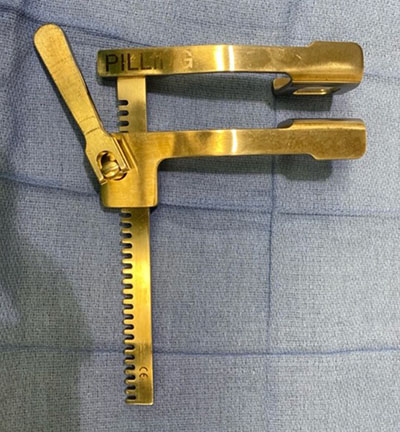
Figure 2. Finochietto retractor.
A Matson rib elevator is designed to remove muscles, cartilage, and periosteum from the ribs to allow the surgeon to gain access to the thoracic cavity. The flatter end is designed for removing muscle whereas the other end is ideal for removing cartilage.
Doyen rib elevators also are designed to remove cartilage from bones to gain access to the thoracic cavity.
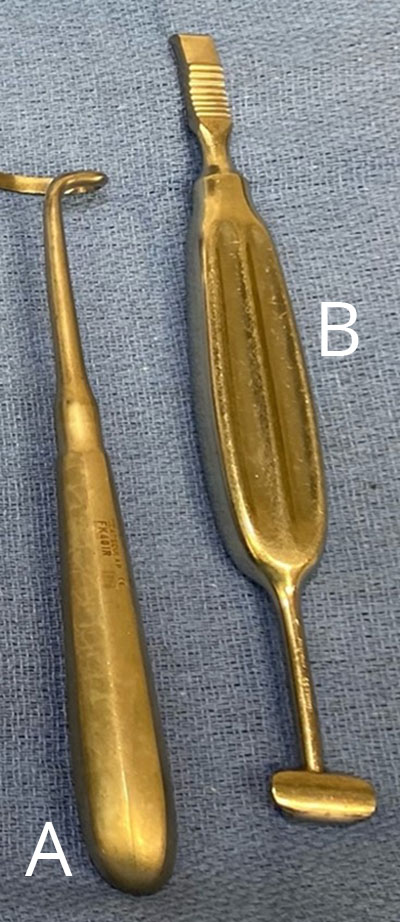
Figure 3. A: Doyen rib elevator. B: Matson rib elevator.
There are a variety of bone cutters used to cut ribs in an efficient way to gain access to the thoracic cavity quickly. This variety provides surgeons with options to cut ribs based on which rib they are cutting. It also allows them to make clean cuts to ensure a smooth bone surface.
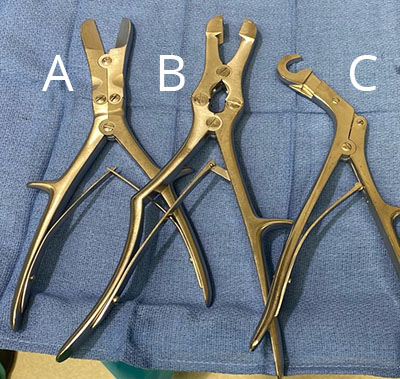
Figure 4. A: Bone cutter forceps. B: Sauerbruch rongeur. C: Rib shears.
Duval clamps are atraumatic clamps used to manipulate lung tissue. These clamps can be used with minimal damage to the lung during surgery.
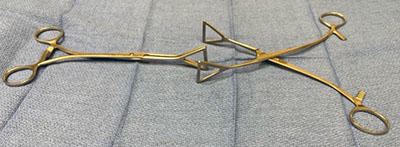
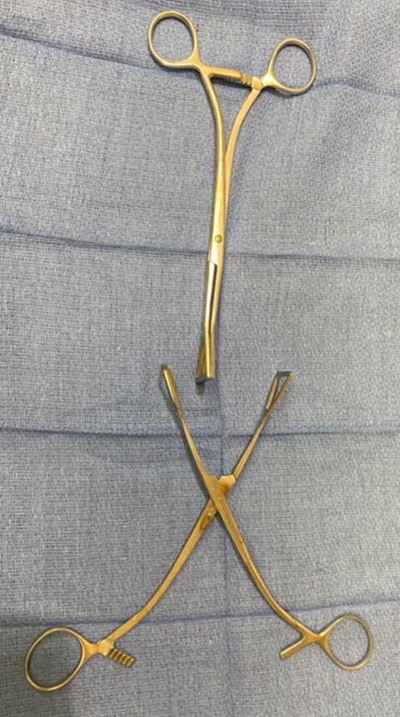
Figure 5. Duval clamps.
Sometimes thoracic surgery can be performed in a minimally invasive way through small incisions. Small ports and obturators allow access to the thorax and are used as a way for long instruments to enter the body.
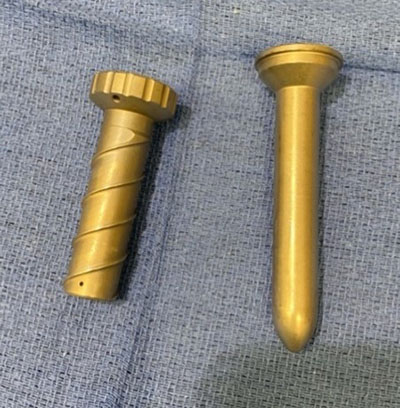
Figure 6. Thoraport and obturator.
Graspers are essential for thoracoscopy. A Foerster grasper is a long nonlocking grasper with an atraumatic jaw that is used for grasping and manipulating the lung during surgery.

Figure 7. Foerster grasper.
A lymph node grasper is similar to a Foerster, except it has a smaller jaw at the end. It is used for removing lymph nodes from lung tissue.

Figure 8. Lymph node grasper.
Editor's note: Images are courtesy of Lindsey Joyce.
One way to increase participation during a staff in-service or small group meeting is to incorporate gaming as a method of educational delivery.
Did you know that 33% of total hospital waste comes from the OR?
One of the common questions I am asked by novice nurses is, “When will I know everything I need to be a safe and competent perioperative nurse?” Here is how I respond to those nurses.